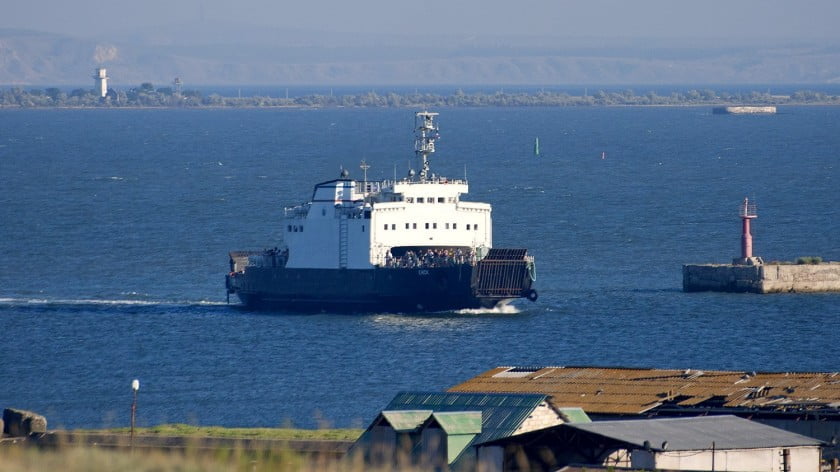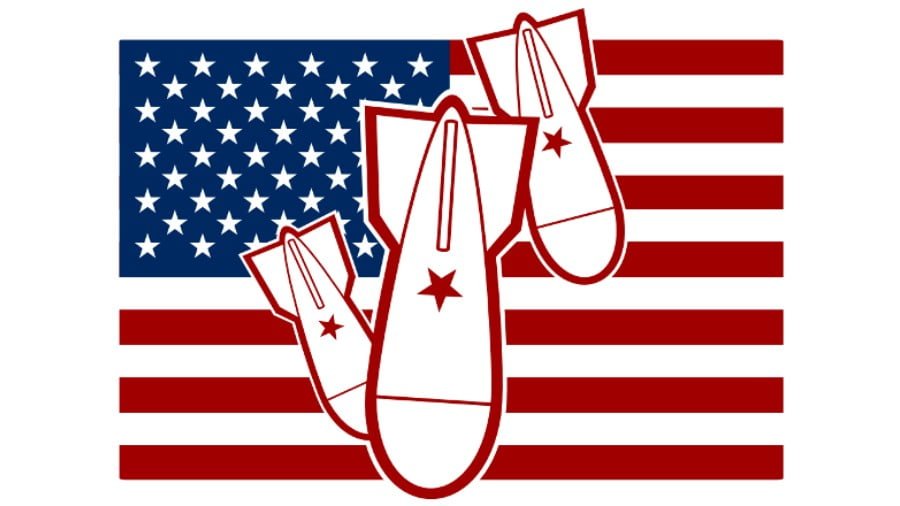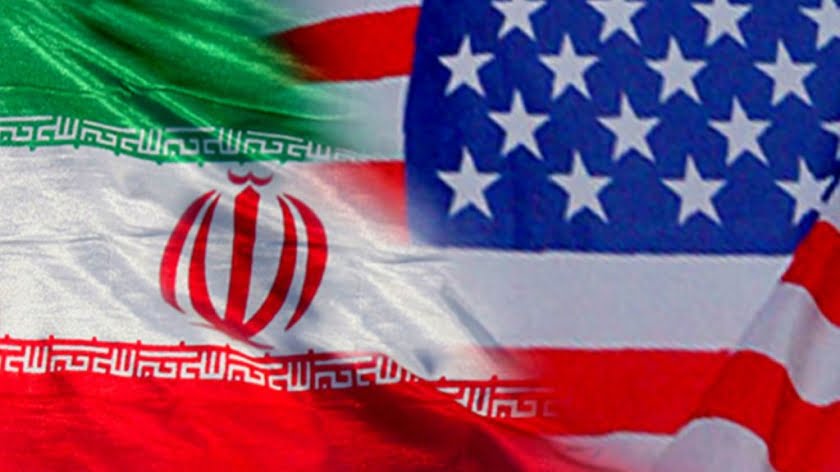Leaked Files Show U.S. Armed and Trained Both Sides of War in Yemen
Promptly after the release of more than 500 documents from the U.S. embassy in Sana’a, Yemen, WikiLeaks explained why this particular leak matters.
“The war in Yemen has produced 3.15 million internally displaced persons,” a statement said. “Although the United States government has provided most of the bombs and is deeply involved in the conduct of the war itself,” the organization argues, western news organizations are failing to do their job by seldom informing the public of America’s involvement.
The documents were produced and exchanged during Hillary Clinton’s term as Secretary of State, as well as during the first two years of John Kerry’s tenure, ending just as the Yemen war broke out.
Because Yemen controls an area of the Middle East “through which 11 percent of the world’s petroleum passes each day,” WikiLeaks reported in the Yemen files opening page, Saudi Arabia’s interest in the country revolves around the Arabian Sea.
With both Iran and the United States having signed a nuclear deal — a development that did not please the Saudis — Iran’s return to the global oil markets could soon become a reality. Many argue that because of Iran’s close ties to neighboring countries like Syria, Saudi Arabia has reason to fear Iran’s presence as a competitor.
With the world’s second largest oil reserve, the Saudi kingdom remains a strong oil provider globally. Nevertheless, its influence in the global oil markets is beginning to wane as countries, like Russia, up their game.
With Iran entering the picture, the presence of Yemen’s Houthi rebels, a Shia-led, allegedly Iranian-backed military militia, was used as a justification for Saudi involvement. With the opportunity to ensure a Saudi-supported government ruled over Yemen by ousting Shia influence from the region, the Saudis could have greater access to the Arabian Sea, where “another 20% of the world’s petroleum passes from the Strait of Hormuz.” Otherwise, WikiLeaks continued, Iran could end up impeding “[Saudi Arabia’s] other oil shipment path along the Red Sea.”
While the partnership between Saudi Arabia and the United States in Yemen has been well-documented, direct U.S. efforts in Yemen are often neglected.
In one of the documents leaked by WikiLeaks, U.S. Colonel Randolph Rosin told Major General Ahmed Ali al-Ashwal, the General Chief of Staff for the Yemeni Armed Forces from April 2006 to December 2014, that he looked “forward to building strong, fruitful, and mutually beneficial relations between our armed forces.” The letter was written in February 2014. But long before that, in 2010, diplomatic cables also
But long before that, in 2010, diplomatic cables also released by WikiLeaks showed president of Yemen between 1990 and 2012 Ali Abdullah Saleh, “secretly [offering] US forces unrestricted access to his territory to conduct unilateral strikes against” al-Qaeda-aligned “terrorist targets,” demonstrating the close relationship between Saleh and the U.S. government.
Later, Selah was also accused of being responsible for helping arm Houthi rebels.
Additionally, a United States Central Command (USCENTCOM) document from November 2012 outlining the course of action of the Yemeni weapons and training plan (1206 and 1207 programs) — a section tucked in an “Emergency Food Aid and Assess Security Assistance” program — shows the agency weighed the pros and cons of releasing weaponry early or after the scheduled date, often raising concerns associated with measures that would require further contact with Congress. The military material listed in this document includes armored Humvees, machine guns, handguns, grenades, and ammunition, among other items.
While the document came after Saleh resigned, loyal Saleh tribesmen and government forces were, at the time, known to be part of the Houthi uprising.
The leaks also offer a glimpse into the losses of military material provided to Yemen by the United States, with reports of stolen or lost items including GPS locators, batteries, and other related equipment. A July 2013 report from the Department of Defense (DOD)’s Defense Security Cooperation Agency (DSCA) outlines U.S. involvement, providing a list of training and arming efforts that began in 2008 and went through 2013, two years before the Yemeni civil war started.
Further, in a 2015 article, Middle East Eye explained the Houthis hadn’t been armed by Iran. Instead, the rebel group “acquired a vast pool of arms from Yemen’s black market.”
With an estimated 40 to 60 million weapons circulating in Yemen, a United Nations Experts’ report estimated, the Houthis “were also getting a continuing stream of modern arms directly from corrupt Yemeni military commanders from 2004 through 2010.”
During the same period, Porter continued, “the Houthis acquired a new bonanza of weapons that had been provided by the United States over the previous eight years,” a program that was later exposed by Joseph Trevithick via a Freedom of Information Act request.
According to the Pentagon documents acquired by Trevinithick, Porter added, the “Defense Department had delivered about $500 million in military hardware to the Yemeni military from 2006 on,” including “Russian-made helicopters, more than 100 Humvees with the latest armor packages, 100s of pickup trucks, rocket-propelled grenades, advanced radios, night vision goggles and millions of rounds of ammunition.”
In other words, whether the Barack Obama administration is aware of it or not, the same weaponry and training provided to the Yemeni government through the years appear to have fallen into the hands of militants whose main enemy is a close U.S. ally — Saudi Arabia.
If the Yemen files released by WikiLeaks prove anything, it is that, once again, American intervention in the Middle East has, at best, been carried out on behalf of its “allies.” At worst, it has been carried out by corrupt U.S. officials with financial ties to the Saudi Kingdom.
This article (Leaked Files Show U.S. Armed And Trained Both Sides of War in Yemen) is free and open source. You have permission to republish this article under a Creative Commons license with attribution to Alice Salles and theAntiMedia.org. Anti-Media Radio airs weeknights at 11 pm Eastern/8 pm Pacific. If you spot a typo, please email the error and name of the article to [email protected].







